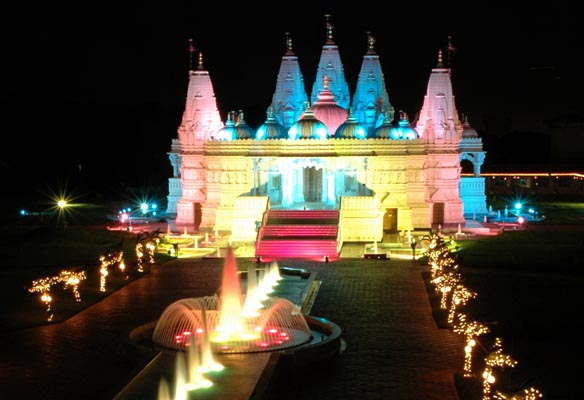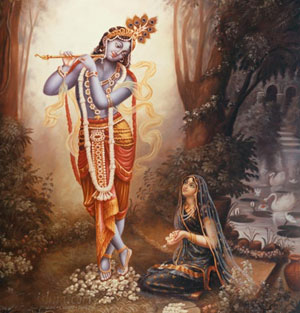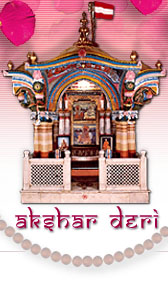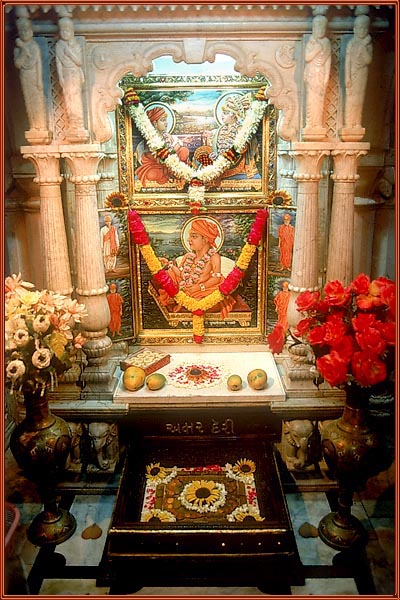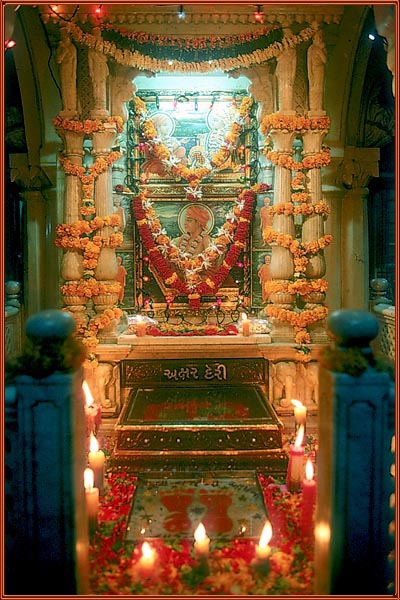celina
Swaminarayan is GOD!
The Swaminarayan sect is a monotheistic faith in Vaishnava Hinduism. The Swaminarayan sect itself is divided into many sub-sects. The two most prominent are BAPS Swaminarayan Sanstha and the Shree Swaminarayan Sampradaya. The Shree Swaminarayan Sampradaya claims the "original" succession directly from Swaminarayan. They have two archaryas(leaders) and 2 Gadis(diocese) for North and South divisions.
Shree Swaminarayan Sampradaya Sites
ISSO SEVA
Shri Kutch Satsang Swaminarayan Temple
Swaminarayan Temple, Wheeling, IL.
Shree Swaminarayan Gurukul, USA
Shree Swaminarayan Temple Oldham
Shree Swaminarayan Sampraday Willesden, London
Shree Swaminarayan Temple Cardiff
Acharya Succession


BAPS
Spiritual Guru- Pramukh Swami Maharaj of BAPS Sect

It is important to note that BAPS vs. Shree Swaminarayan Sampradaya divide is similar to the Protestant vs. Catholicism divide.

Video on Swaminarayan Faith
YouTube Video
Swamianrayan pt.1
Swamianrayan pt.2
Swamianrayan pt.3
Shree Swaminarayan Sampradaya Sites
ISSO SEVA
Shri Kutch Satsang Swaminarayan Temple
Swaminarayan Temple, Wheeling, IL.
Shree Swaminarayan Gurukul, USA
Shree Swaminarayan Temple Oldham
Shree Swaminarayan Sampraday Willesden, London
Shree Swaminarayan Temple Cardiff
Acharya Succession

Acharya Shree Koshalendraprasadji Maharaj (b. October 1971) is the current Acharya of the NarNarayan Dev Gadi of Swaminarayan Sampraday (15 October 2004present) and the 7th Spiritual Successor of Bhagwan Swaminarayan in the North Diocese (Amdavad NarNarayan Dev Gadi)

Acharya Shree Rakeshprasadji Maharaj (b. July 1966) is the current Acharya of the LaxmiNarayan Dev Gadi of Swaminarayan Sampraday (30 January 2003present) and the 9th Spiritual Successor of Bhagwan Swaminarayan in the South Diocese (Vadtal LaxmiNarayan Dev Gadi)
BAPS
Spiritual Guru- Pramukh Swami Maharaj of BAPS Sect
http://en.wikipedia.org/wiki/Pramukh_Swami_MaharajPramukh Swami Maharaj (born December 7, 1921 in the village of Chansad in Gujarat, India) is to be the third and current spiritual leader of BAPS and is believed to be the fifth spiritual successor to Bhagwan Swaminarayan.
It is important to note that BAPS vs. Shree Swaminarayan Sampradaya divide is similar to the Protestant vs. Catholicism divide.

Video on Swaminarayan Faith
YouTube Video
Swamianrayan pt.1
Swamianrayan pt.2
Swamianrayan pt.3



